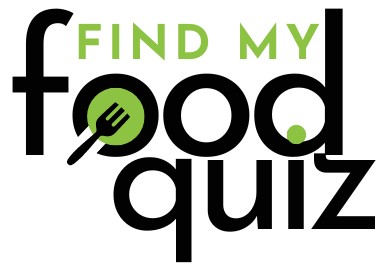Meal delivery kits have become a popular solution for busy households seeking convenience, variety, and healthier eating options. However, for large families—those with more than four members—the practicality and cost-effectiveness of these kits can be a concern. In this post, we’ll explore the benefits and challenges of using meal delivery kits for larger families, helping you decide if they’re a good fit for your household.
The Benefits of Meal Delivery Kits for Large Families
- Convenience
One of the most significant advantages of meal delivery kits is their convenience. For large families, juggling busy schedules can make cooking from scratch challenging. Meal kits simplify meal prep by providing pre-portioned ingredients and easy-to-follow recipes, which can save time and reduce stress.
- Less Meal Planning: Meal kits take the guesswork out of dinner planning, making it easier to feed a crowd. This is particularly helpful for parents who are managing after-school activities, work commitments, and other responsibilities.
- No Grocery Shopping: By eliminating the need for grocery shopping, meal delivery kits save time and reduce the hassle of navigating busy stores with multiple children in tow.
- Variety and Nutrition
Meal delivery services often provide diverse menus, exposing families to new cuisines and ingredients. This variety can be beneficial for large families with different tastes and dietary preferences.
- Balanced Meals: Many meal kits focus on balanced nutrition, ensuring that each meal includes a good mix of proteins, vegetables, and whole grains. This can help families avoid the temptation of unhealthy takeout options.
- Encouraging Healthy Eating Habits: Introducing children to a wider variety of foods through meal kits can help develop healthier eating habits and expand their palates.
- Reduced Food Waste
Meal delivery kits typically come with precisely measured ingredients, which can significantly reduce food waste—a common issue in large households.
- Using What You Get: With pre-portioned ingredients, families are less likely to overbuy or let perishable items spoil, which can be a frequent challenge when shopping for large groups.
- Creative Cooking: Families can learn to be more resourceful in the kitchen, using every ingredient in the kit and minimizing leftovers that may go uneaten.
The Challenges of Meal Delivery Kits for Large Families
- Cost Considerations
While meal delivery kits can offer convenience, they can also be expensive, especially for larger families. The cost per serving often doesn’t decrease significantly as the number of servings increases.
- Higher Overall Costs: For families of five or more, meal delivery kits can become cost-prohibitive compared to bulk grocery shopping. Parents may find that buying ingredients in larger quantities at the store is more economical.
- Subscription Limits: Many meal delivery services have limits on the number of servings per recipe, which can necessitate ordering multiple kits to accommodate everyone, further increasing costs.
- Portion Sizes
Portion sizes in meal delivery kits may not always align with the appetites of larger families, particularly if you have teenagers or active children who require more substantial meals.
- Need for Additional Sides: Families may need to supplement meal kits with additional side dishes or snacks, which can complicate meal preparation and negate some of the convenience benefits.
- Lack of Customization: While some services offer customizable options, many meal kits may not allow for adjustments in portion sizes based on the family’s needs.
- Limited Meal Choices
Depending on the service, families may find that the available meal choices don’t cater well to larger groups or specific dietary restrictions.
- Fewer Options for Special Diets: Families with varying dietary needs (e.g., gluten-free, vegetarian, etc.) might struggle to find suitable meals within a single kit.
- Repetition: Some meal delivery services may have limited menus, leading to repetition over time, which can be less appealing for larger families looking for variety.
Conclusion
Meal delivery kits can offer valuable convenience, nutrition, and variety for large families, but they also come with challenges related to cost, portion sizes, and meal choices. For families with more than four members, it’s essential to weigh these factors carefully. While they can be a useful tool for busy weeknights or when trying new recipes, many families may find that a combination of meal delivery kits and traditional grocery shopping strikes the best balance. Ultimately, assessing your family’s specific needs and preferences will help you determine whether meal delivery kits are a suitable solution for your household.

